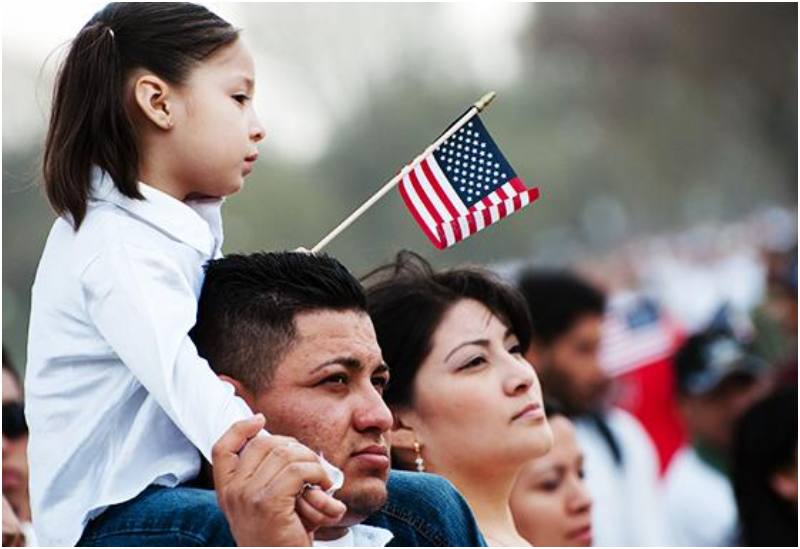Since Donald Trump assumed the presidency for his second term, his administration has rapidly rolled out sweeping immigration policies that have significantly altered the landscape of U.S. immigration.
These changes, many of which were enacted within the first few days of his return to office, reflect the administration’s continued focus on strict immigration enforcement and deportation operations.
Below are five key changes that have marked the Trump administration’s approach to immigration policy as of January 2025.
1. Expanded Immigration Enforcement in Sensitive Areas
Under new executive orders signed by President Trump, U.S. Immigration and Customs Enforcement (ICE) agents now have expanded authority to conduct enforcement actions in sensitive locations such as schools and churches. While previous administrations required additional steps to approve enforcement in these areas, the Trump administration has removed these barriers, allowing for immediate action.
Acting Homeland Security Secretary Benjamine Huffman stated, “Criminals will no longer be able to hide in America’s schools and churches to avoid arrest.”
This policy has raised concerns about the potential chilling effect on undocumented individuals seeking education, worship, or community support.
2. Termination of “Catch and Release”
The Trump administration has officially ended the practice of “catch and release,” wherein migrants were provisionally released into the U.S. while awaiting their immigration court dates. U.S. Customs and Border Protection (CBP) has been directed to hold migrants in custody, even if detention facilities become overcrowded.
This change has led to logistical challenges and uncertainty for nonprofits such as Catholic Charities, which previously provided shelter and services to released migrants.
Appaswamy “Vino” Pajanor, CEO of Catholic Charities of San Diego, expressed concern, saying, “We have a lot of refugees here, and they’re all panicking. They’re very fearful.”
3. Broadening of Expedited Removal Procedures
The Trump administration has expanded the use of expedited removal, a fast-track deportation process that allows immigration authorities to deport individuals without a court hearing.
Previously limited to those apprehended near the U.S.-Mexico border, the policy now applies nationwide to undocumented immigrants who cannot prove they have lived in the U.S. continuously for at least two years.
Critics argue that this policy undermines due process, while the administration claims it is a necessary measure to reduce the backlog of immigration cases and streamline enforcement efforts.
4. Challenge to Sanctuary Cities
A Justice Department memo, authored by acting Deputy Attorney General Emil Bove, outlines a plan to prosecute state and local officials who resist federal immigration enforcement.
The memo asserts that “federal law prohibits state and local actors from resisting, obstructing, and otherwise failing to comply with lawful immigration-related commands.”
The administration has vowed to increase ICE activity in sanctuary cities, with White House border czar Tom Homan declaring, “Sanctuary cities are going to get exactly what they don’t want—more agents in the communities, more people arrested.”
This policy sets the stage for potential legal battles between federal and local governments.
5. Restriction of Asylum Appointments and Resources
The administration has canceled all future asylum appointments scheduled through the CBP One app, which was introduced to streamline asylum applications and interviews.
This abrupt policy change has left many migrants, like Nedi, a Venezuelan mother of two, in a state of uncertainty.
“I left behind friends and family who didn’t make it, and we don’t know what will happen,” Nedi told CNN. Her family’s hopes of asylum have been upended, as the administration tightens restrictions on legal pathways to entry.
The Road Ahead
These changes have already created fear and uncertainty among immigrant communities and set up potential legal and constitutional challenges.
Experts warn that the administration’s policies could lead to a humanitarian crisis at the border and exacerbate tensions between federal and local governments.
Danielle Cosmes of the American Friends Service Committee expressed concern over the broader implications, stating, “What I can anticipate for sure is fear and uncertainty because that is essentially what they are being made to feel.”
As these policies take shape, the legal community will closely monitor their implementation and the subsequent challenges they face in courts nationwide.

